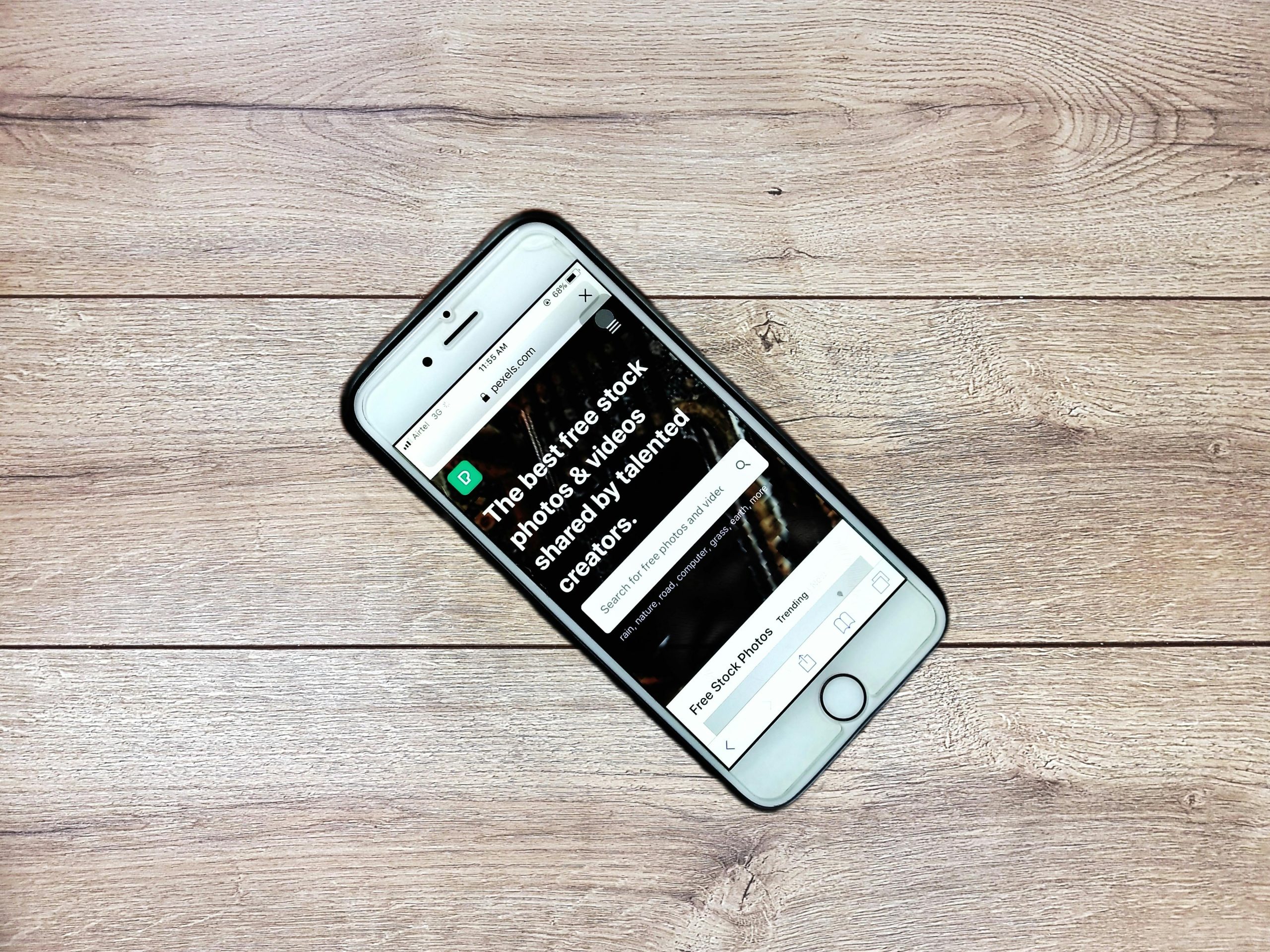To recreate the Versace nav bar effect, you’ll need to focus on several key design and functionality aspects commonly seen in high-end fashion brand websites. Here’s a step-by-step guide:
Design Aesthetic:
Minimalist Design: Use a clean, minimalistic design with a lot of whitespace. The focus should be on elegance and luxury.
Typography: Use bold and sophisticated fonts. Versace often uses serif fonts that align with their brand’s luxury image.
Color Scheme: Stick to a monochrome palette or a limited color scheme with black, white, and gold hues, which are often associated with luxury.
Functional Elements:
Responsive Layout: Ensure the navigation bar is responsive. It should look good on both desktop and mobile devices.
Smooth Transitions: Implement smooth hover animations. CSS transitions can be used to add subtle effects such as color change or underlining links when hovered over.
Development Details:
HTML Structure:
html
CSS Styling:
css
.nav-bar {
display: flex;
justify-content: space-around;
list-style: none;
font-family: ‘Serif’;
}
.nav-bar li a {
text-decoration: none;
color: black;
padding: 10px;
transition: color 0.3s, border-bottom 0.3s;
}
.nav-bar li a:hover {
color: gold;
border-bottom: 1px solid gold;
}
Advanced Features (Optional):
Sticky Navigation: Use CSS or JavaScript to make the navigation bar sticky, so it remains visible as users scroll down the page.
Dropdown Menus: Implement dropdown functionality using CSS or JavaScript for a more interactive user experience.
JavaScript Enhancements: Use JavaScript for additional interactivity like animations, or to dynamically update the nav bar based on user interactions.
Testing:
Ensure cross-browser compatibility and perform usability tests to verify that the navigation functions as expected across different devices and browsers.
By focusing on these design principles and implementation strategies, you can effectively recreate an attractive and luxurious nav bar similar to the one found on the Versace website.

